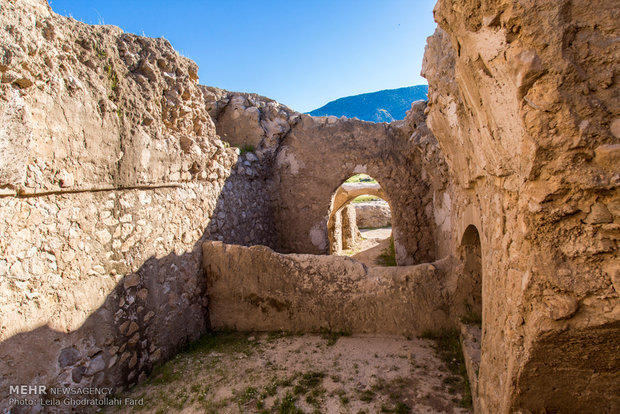Ancient Seymareh preparing to win UNESCO status

TEHRAN – The tourism chief of Iran’s Ilam province on Tuesday said they are preparing to apply to UNESCO for listing the ancient city of Seymareh on the World Heritage list.
“The process and follow-up work for the (possible) registration of the historical city of Seymareh will commence in the near future,” Farzad Sharifi said.
Seymareh is situated near Darreh Shahr, which was once the summer capital of Elamites, a pre-Iranian civilization dated from 2700 to 539 BC. The city also enjoyed centuries of prosperity during the Sassanid era (224 CE–651).
Covering an area of 200 hectares, the ancient city dates back to the Sassanid epoch and is believed to be built on remnants of the Elamite capital, Madaktu.
The first archeologist to visit Seymareh was Sir Henry Rawlinson. He began an expedition to the site in 1836.
Jaques de Morgan also visited this historical land in 1891 and introduced it as the same ancient city of Madakto. Then it was Aurel Stein who attempted to explore it in 1936, according to Visit Iran, the official travel guide of Iran.
The archeological findings show that the city included about 5,000 houses with some modern aspects like a water distribution system through clay pipes and underground sewers. The city was destroyed and deserted after a huge earthquake around 950 BC.
The remnants of the city were inscribed on the National Heritage list in 1931.
Darreh Shahr and its surrounding regions boast vestiges of Sassanid constructions such as arches, ceilings, alleys, and passages that follow a specific order of urban development criteria of the time.
The name Elam was given to the region by others – the Akkadians and Sumerians of Mesopotamia – and is thought to be their version of what the Elamites called themselves – Haltami (or Haltamti) – meaning “those of the high country”. 'Elam', therefore, is usually translated to mean “highlands” or “high country” as it was comprised of settlements on the Iranian Plateau that stretched from the southern plains to the elevations of the Zagros Mountains.
Home to almost half of Iran’s UNESCO sites, western Iran is a land of hospitable people, wild extremes, and wilder history, and it may be an independent traveler's adventure playground. The region also witnessed the rise and fall of many great empires once bordering Mesopotamia, Ottoman Turkey, and Czarist Russia.
From the fecund Caspian coast to the stark, mountainous northern borders, and the crumbling desert ruins of the southern plains, the region hosts everything from paddy fields to blizzards to Persian gardens.
AFM
Leave a Comment